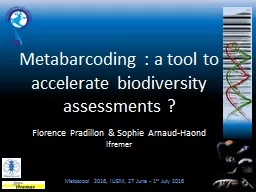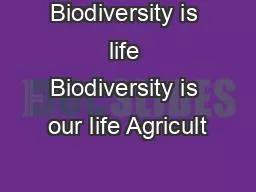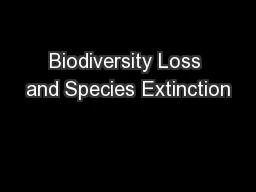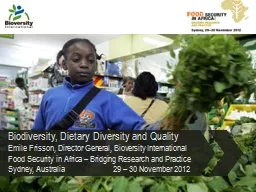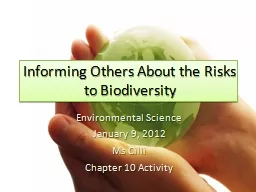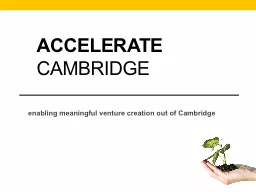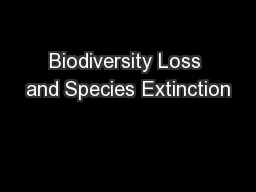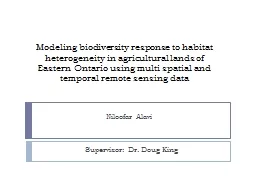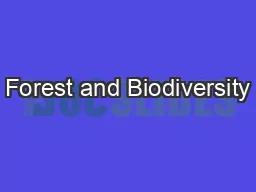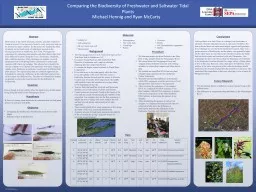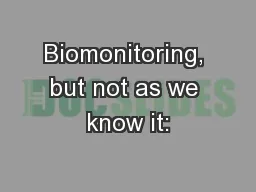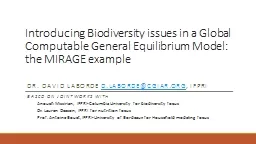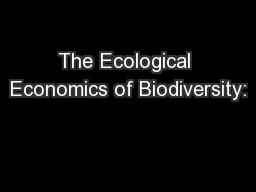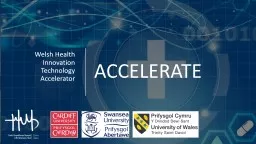PPT-Metabarcoding : a tool to accelerate biodiversity assessments
Author : alexa-scheidler | Published Date : 2019-11-03
Metabarcoding a tool to accelerate biodiversity assessments Florence Pradillon amp Sophie Arnaud Haond Ifremer Meioscool 2016 IUEM 27 June 1 st July 2016 Outline
Presentation Embed Code
Download Presentation
Download Presentation The PPT/PDF document "Metabarcoding : a tool to accelerate..." is the property of its rightful owner. Permission is granted to download and print the materials on this website for personal, non-commercial use only, and to display it on your personal computer provided you do not modify the materials and that you retain all copyright notices contained in the materials. By downloading content from our website, you accept the terms of this agreement.
Metabarcoding : a tool to accelerate biodiversity assessments: Transcript
Download Rules Of Document
"Metabarcoding : a tool to accelerate biodiversity assessments"The content belongs to its owner. You may download and print it for personal use, without modification, and keep all copyright notices. By downloading, you agree to these terms.
Related Documents

